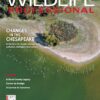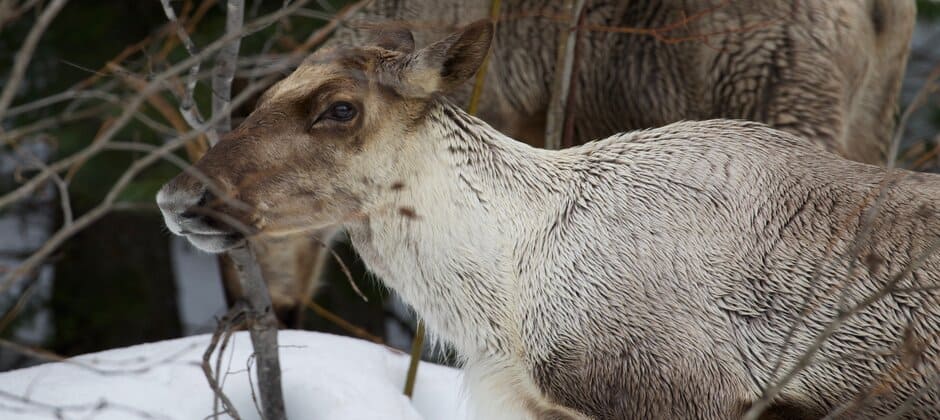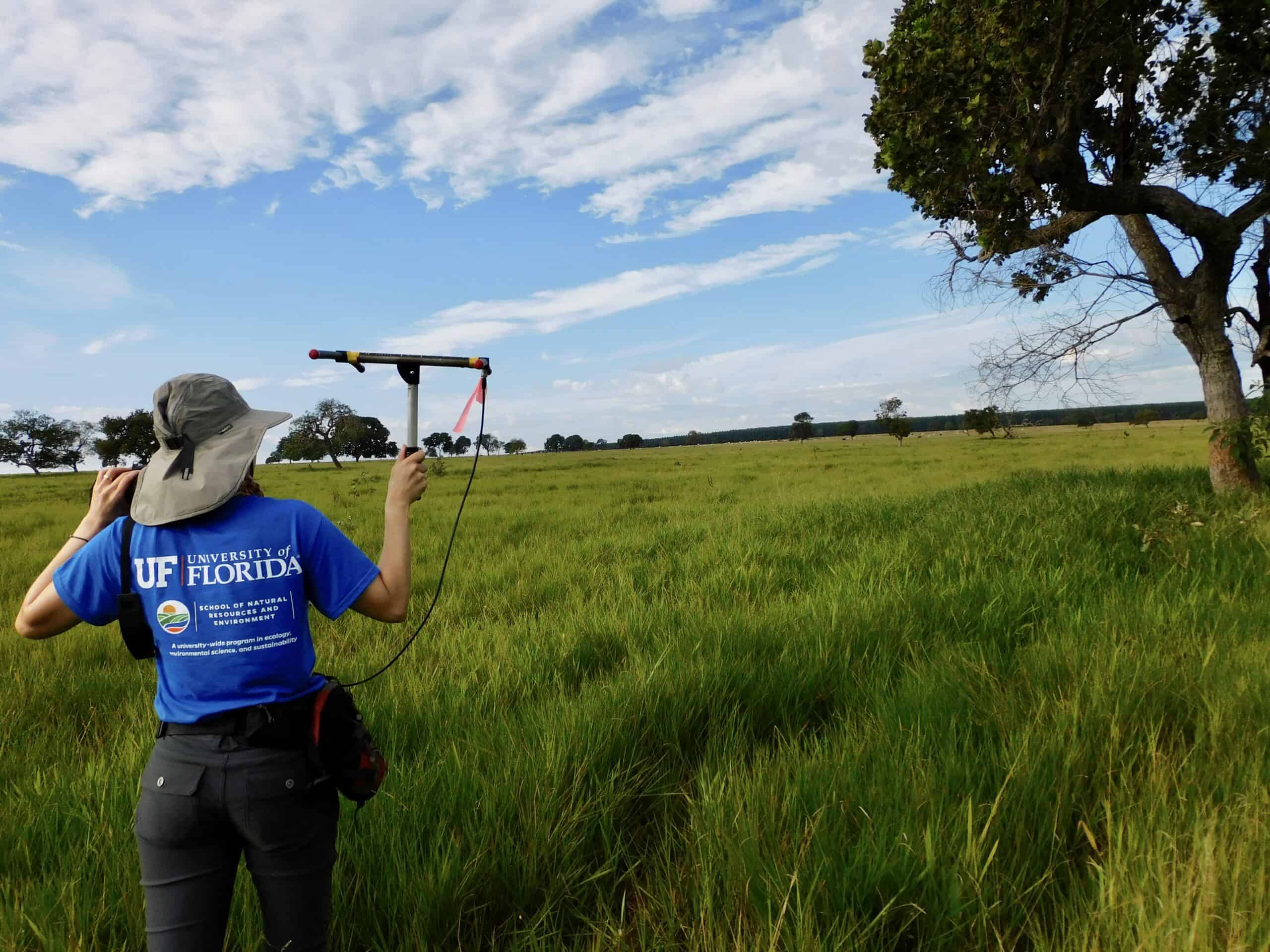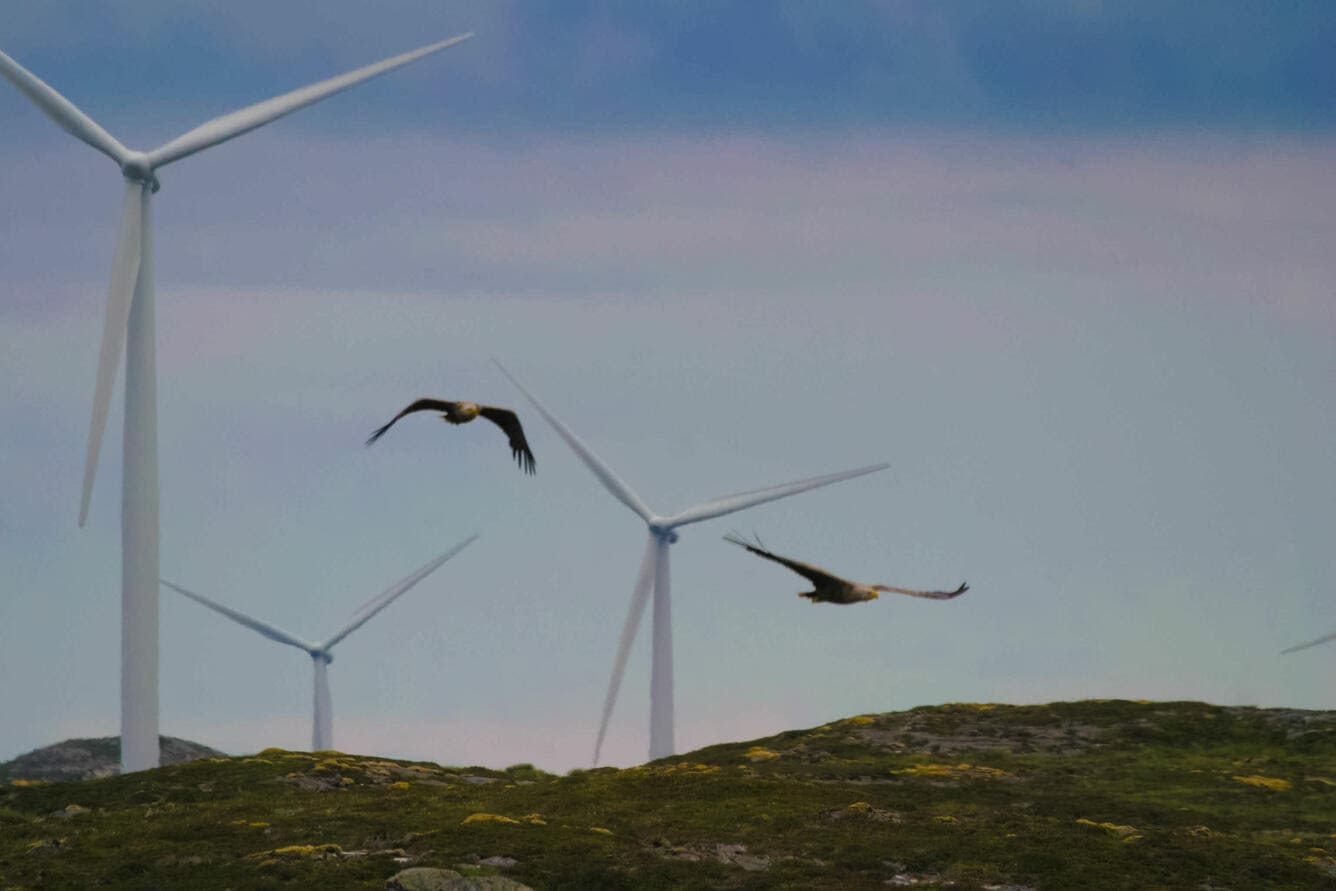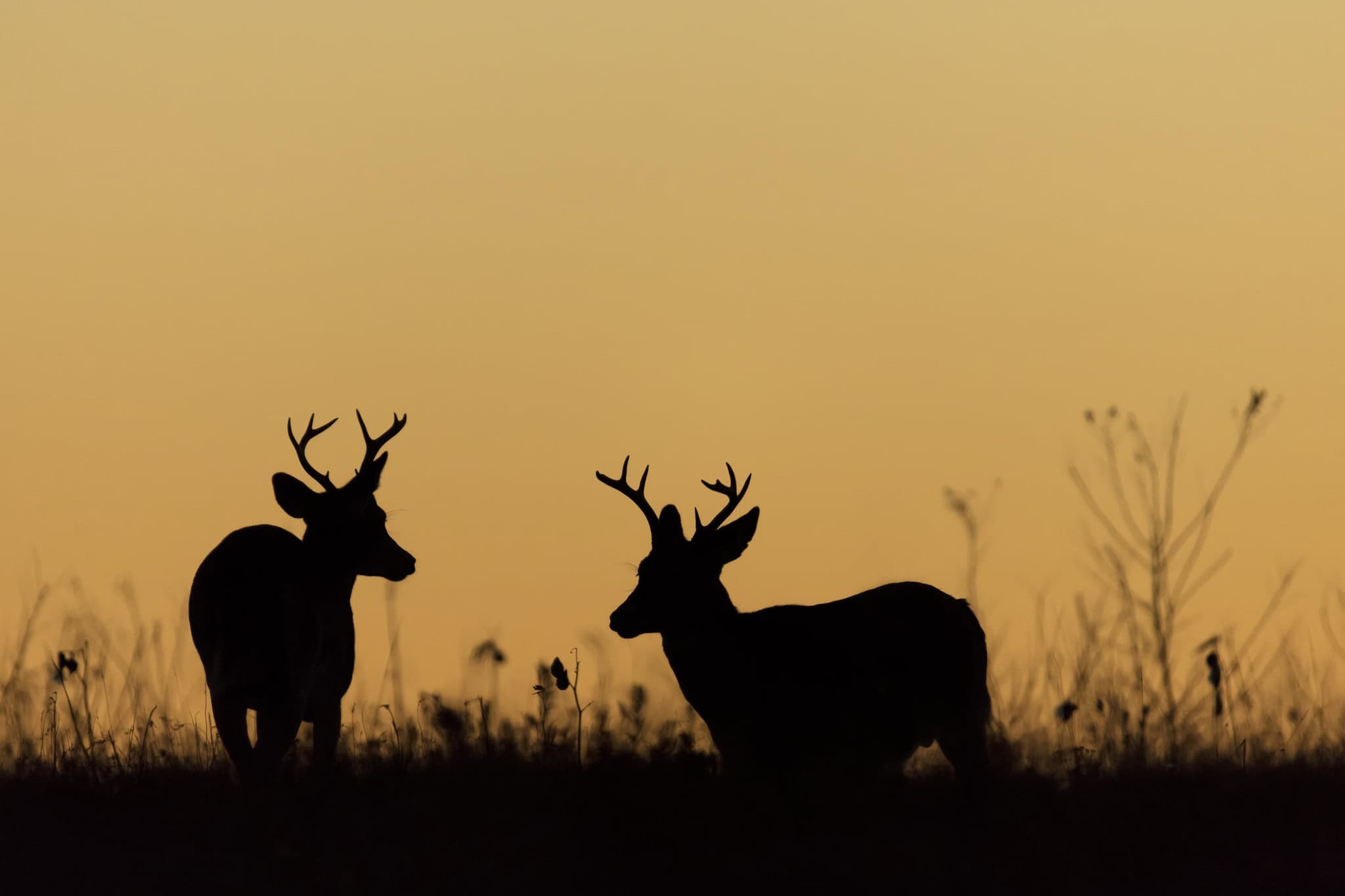Share this article
Oil, gas development changes caribou migration
Woodland mountain caribou in western Alberta change their yearly migration behavior during the winter months in an attempt to cope with increasing habitat loss to energy development. But while the caribou may have some ability to adapt to these changes, they are also leading to population declines.
“Survival over time was decreasing,” said Sara Williams, who was working as a postdoctoral researcher at the University of Montana at the time she studied the caribou.
One population that’s particularly at risk is the Redrock-Prairie Creek population, which is found near Grand Prairie in western Alberta. The population is part of the larger southern mountain population of woodland mountain caribou (Rangifer tarandus caribou), which is listed as threatened under the Canadian Species at Risk Act.
The population’s dwindling numbers is related to habitat loss. The area is rife with oil and gas, drawing a large amount of natural resource development. Logging companies also have large operations in the area.
In a study published in Ecological Solutions and Evidence, Williams and her co-authors took a closer look at how this development might be impacting caribou in the area by examining data collected from tracking collars from 1981 to 2018. They tracked caribou in the earlier years using VHF radiotracking collars and planes, and in more recent years through GPS collars.
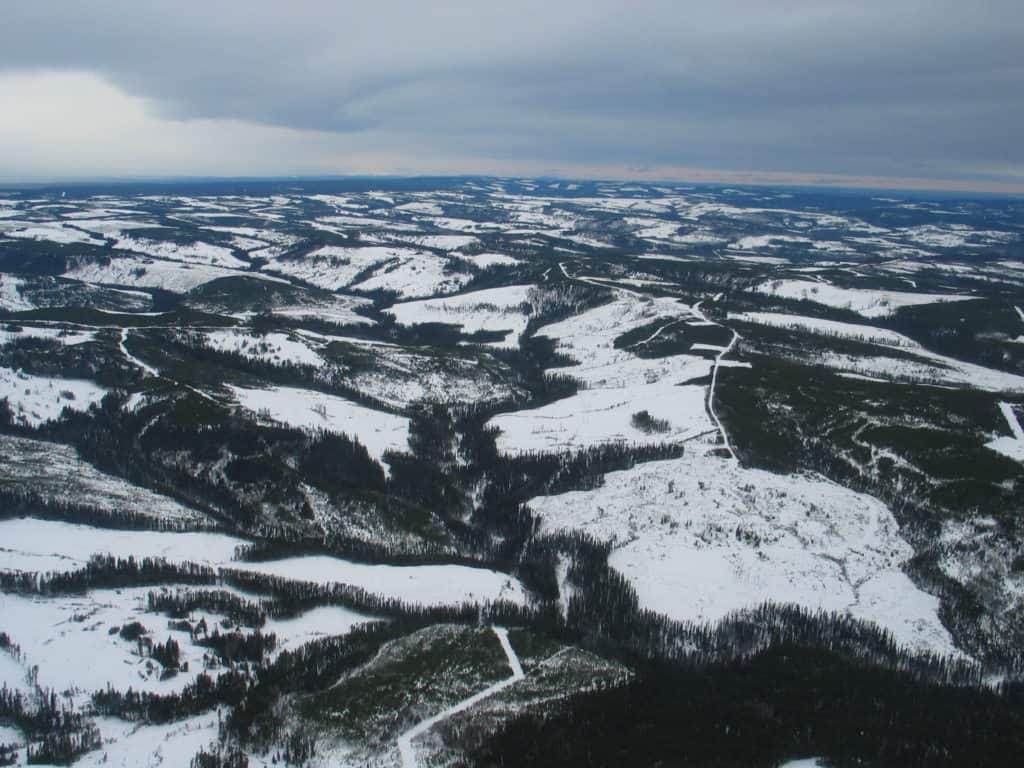
Low elevation caribou range. Credit: Mark Hebblewhite
Analysis of the data points these collars relayed showed that in the beginning of the study, the Redrock-Prairie Creek herd was almost entirely migratory. They spent their summers foraging at higher elevations in the Rocky Mountains, then spent their winters in the comparatively milder climates of the lower elevations.
Even three decades ago, the herd almost unanimously behaved this way. But in more recent decades, fewer and fewer individuals were migrating to the lower elevations in the autumn. Instead, they remained in the higher elevation areas during the winter.
“It’s harder and harsher to be up high in the mountains during the winter,” said Williams, who now works for Panthera, the global cat conservation organization.
Caribou at higher elevations also face threats like avalanches. One such snow slide killed the last remaining caribou in Banff National Park in 2009 — none are known to remain in that park.
These conditions are likely contributing to declining numbers of the southern mountains population of woodland mountain caribou, Williams said.
The researchers also demonstrated an overlap between caribou that switched their migrant behavior to high elevation residency and the expanding human development footprint. Other research has shown that apart from the apparent threat humans represent for caribou, the ungulates also face higher predation risk from carnivores in areas that are carved up more by logging roads, seismic surveying cut lines and other landscape changes humans have made.
“Caribou are avoiding that development,” Williams said. “They aren’t going back to the lower elevations.”
She said that while much of their high elevation range is protected as its in national parks, the caribou may continue to decline unless their winter range in the low elevations are protected.
Header Image:
Caribou are changing their seasonal migration due to oil and gas development in Alberta.
Credit: Mark Hebblewhite

